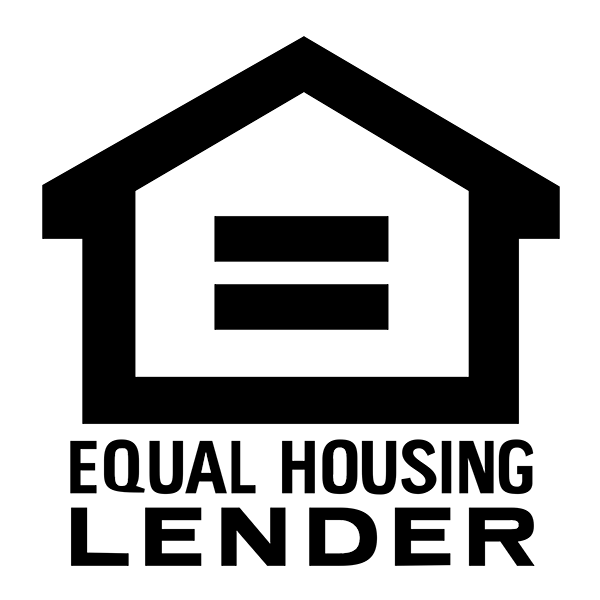Understanding the NFRC Label on Your New Replacement Windows
Keep in mind that these energy ratings refer to the overall performance—including draft prevention. Read on to understand more about the NFRC label on your new replacement windows:
What is the NFRC Label?
The National Fenestration Rating Council released the NFRC rating system in 1994. Its mission is to provide a fair and accurate rating for exterior products such as replacement windows, doors, and skylights.
In order for a window to be certified by Energy Star, it must meet specific standards under the NFRC rating. This helps homeowners find the most energy efficient windows available on the market today.
U-Factor
The first rating on the NFRC label is U-Factor. The U-Factor of a window measures how efficiently the window is at prevent heat from escaping. When you’re looking at U-Factor ratings, you’ll want to focus on values that are as low as possible. These ratings have a large range, from .20 to 1.20.
A low U-Factor signifies that the window has a high ability to reduce heat transfer into your home. This prevents the indoors from heating up like an oven. It also shows that the window provides a significant amount of insulation.

Solar Heat Gain Coefficient
The second rating to keep in mind is the window’s solar heat gain coefficient. This is similar to the U-Factor rating. However, the difference lies in solar radiation. When solar heat makes its way through your windows without protection, you’ll find that certain rooms are warmer during different parts of the day.
Solar heat gain coefficient ratings range from 0 to 1. A window with a low solar heat gain coefficient rating is the most efficient. This means that the window prevents a large amount solar radiation from entering your home.

Visible Transmittance
If you enjoy natural sunlight entering your home through your windows, you’ll want to pay attention to the visible transmittance rating. The visible transmittance rating indicates the amount of sunlight that passes through the glass without obstructions in the way—including things such as window grids.
This rating is expressed with numbers between 0 and 1. A higher number is best for VT.
Condensation Resistance
Condensation resistance measures the window’s ability to prevent condensation from forming on the interior. With a rating expressed between 0 to 100, choose a window with the highest number possible.
If you need further assistance on reading the ratings on your NFRC label, get in touch with us today for an explanation from our experts.


